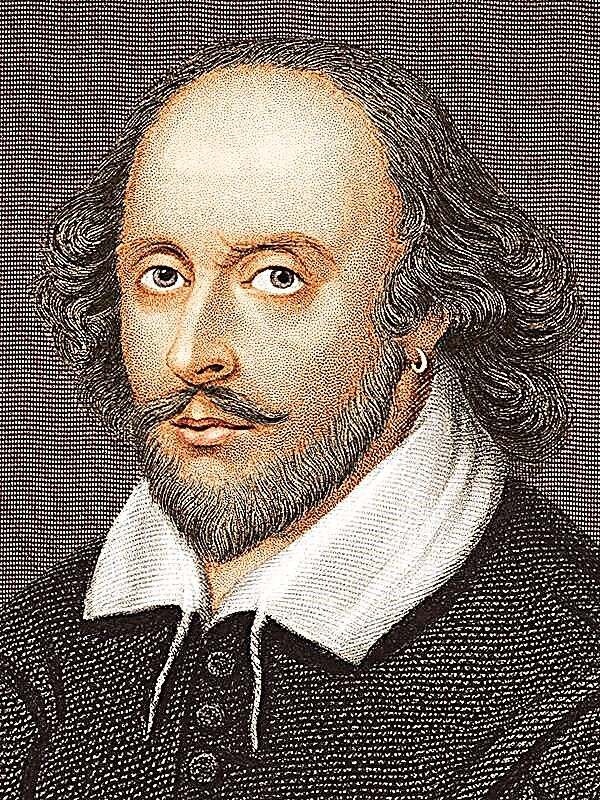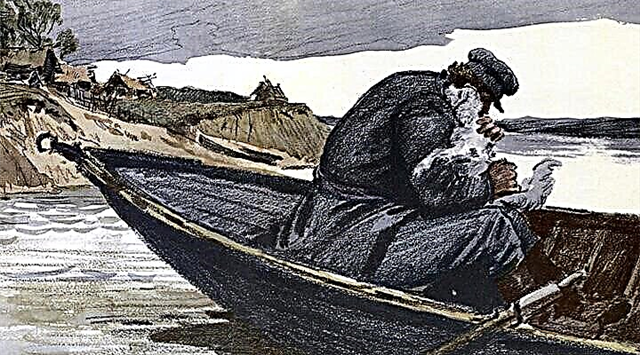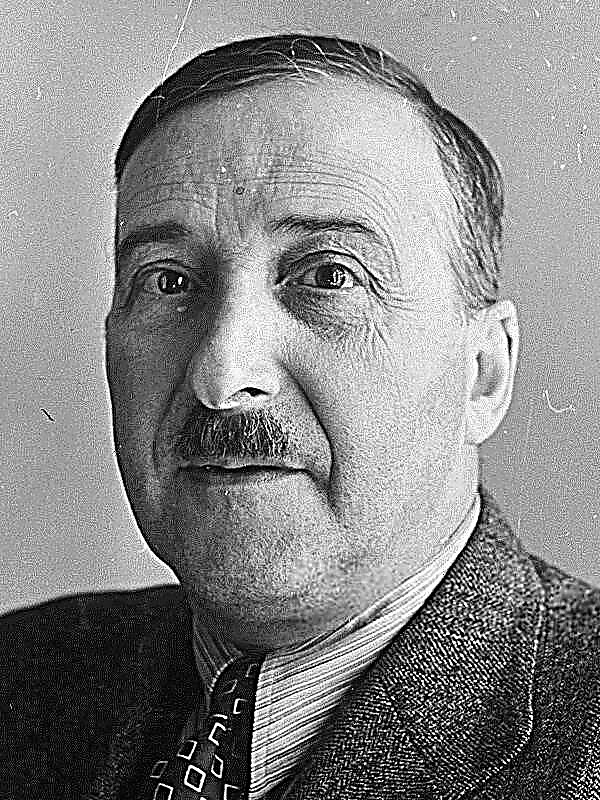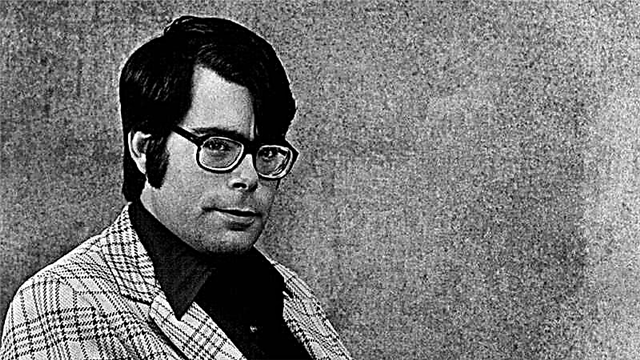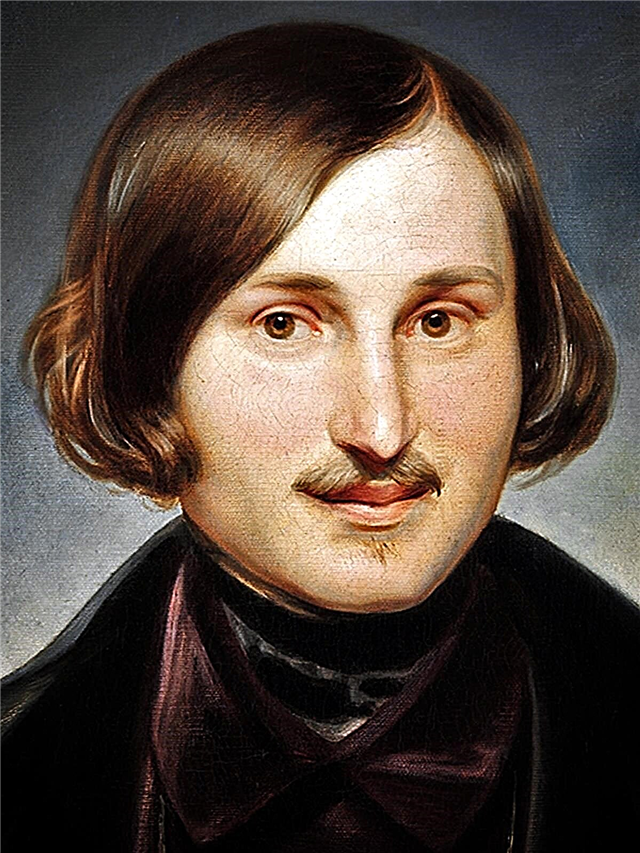If ever technology comes to the creation of a time machine, and you have the opportunity to go back in time, take a tour in the 14th century and personally meet Giovanni Boccaccio. After all, it was he who owned the collection of amazing short stories “The Decameron”, which helped decorate Florence in such spring shades. The work is interesting not only for its content, but also for its biography and cultural context, so rather get acquainted with the famous book of the Renaissance and fall in love with the story of the Decameron.
The exact dates for the writing of The Decameron still vary, but many prefer to remain in the year 1353 for the creation of the collection. Shortly before writing, Europe was overtaken by a "black death", which took Bokkaccio's father and daughter, so the author decides to fight back the plague in his book. Even after publication, he still corrected the text, and the widespread adoption of the Decameron led Boccaccio to fame.
For a long time, the Decameron was banned due to the enormous influence of the church, which condemned the Boccaccio book. Indeed, in his work, the author casts doubt on the authority of the church. Rubbing his confidence in Boccaccio, one monk is trying to convince him to abandon his creation, saying that because of this sinful book, the soul will go exclusively to Hell. The monk succeeds, and Boccaccio renounces the Decameron.
Now we can read The Decameron not only thanks to Boccaccio, who wrote it, but also thanks to the poet Francesco Petrarch, who did not allow the great work to be burned. And Boccaccio himself at the end of his life became more and more superstitious and superstitious. However, if you have not yet been convinced that the Decameron was saved not in vain, we drove on.
Boccaccio's work is filled with light, as if, after a protracted era of the Middle Ages, curtains were finally opened. The Decameron is a visiting card of the Renaissance direction. A distinctive feature of the Renaissance is anthropocentrism, which is clearly noticeable in the book we are analyzing.
If we call the “Decameron” a collection of jokes, then, in fact, we are not mistaken at all. However, it would be more accurate to call it a collection of short stories. Boccaccio skillfully demonstrates a kaleidoscope of literary genres in one book, using an anecdotal plot, elements of everyday life, and life spontaneity.
Translated from the Greek language, “Decameron” means “Ten Day Diary”. Through the mouths of his heroes, Boccaccio tells ten stories from each in ten days. Recall that the work was written in the Renaissance, and at that time the love of antiquity was revived. And the Decameron is a small reference to the Hexaemeron (Six Day) treatise. The difference is not only in the number of days, but also in the anthropological novels of Boccaccio, in which the world was created by man and not by God.
So why is the Decameron so lauded? The book talks about ten heroes hiding from the plague in a country villa. Three young men and seven girls met in the Florentine church of Santa Maria Novella, and in order to avoid the terrible disease that greedily consumed the whole of Europe, they left the city. In fact, you can open a book on any novel and start reading, but you cannot do without a prologue that describes the history of these people.
Hiding from the plague, they agree that each of them should tell his story. The main events of the book are devoted to one hundred stories from young and beautiful characters who are opposed to the terrible disease of that century. The Decameron contains jokes, sad stories, and even philosophical parables. And how else to pass the time when the plague covers cities?
Boccaccio introduces us to beautiful, young and educated heroes - seven girls from 18 to 28 years old, and three young men from 25 years old. Each of them tells the story for ten days, and it turns out a collection of one hundred short stories.
It is interesting that Boccaccio makes the heroes of the Decameron ordinary people: the groom, the shepherd, the miller, etc. Although previously the role of the main characters was given to people of noble origin. It is thanks to the description of the life of the common people that we can single out one of the most significant characteristics of the heroes of the Decameron.
However, in order to know the storytellers in person, let's still get to know them better. One of the girls is called Pampinea, which means “blooming” in Italian. From the very first name, the reader can feel the renaissance spirit of the collection and feel that the heroes did not coincide in Florence, because Florence also means "blooming".
Two more girls - Fiametta and Lauretta - so obviously send us to their prototypes. Bokkaccio’s lover was called Fiametta, therefore it is not surprising that not only the name of one of the Decameron heroines is dedicated to her, but also a separate story. It is interesting that in the life of Fiametta left Boccaccio, and in his own story the hero abandons her. Thus, the author skillfully avenges her lover in her work, but at the same time gives her the name of one of the main heroines of her main work. And in the image of Lauretta, which is distinguished by her talent for dancing and singing, the author did not ambiguously hide Laura - the lover of Francesca Petrarch.
The next heroine - Emilia - Boccaccio gives a special beauty, which is mentioned more than once in his work, and Eliza is distinguished by her mockery. Filomena - another lady from their company - symbolizes the lady with whom Boccaccio was in love even before Fiametta. And Neifila, a girl whom had not yet been mentioned, was distinguished by her meekness of temper and fell in love with Panfilo - one of the heroes of the Decameron.
There are only three young men in the work: in love with Philomena Filostrato, who is distinguished by sensitivity and melancholy; serious and judicious Panfilo, and possessing the sensually-cheerful character of Dioneo. It is Dioneo who every day tells the story of the last, and sometimes evades the theme set by the heroes for the current day.
It is interesting that usually the author and the reader identify the themes of the work, and in the Decameron the heroes themselves do this, who decide what their history will be dedicated to today.
The main theme of the Decameron is, of course, love. Moreover, even two days were devoted to romantic stories: one - devoted to feelings with a happy ending, and the other - to tragic novels. Some of the heroes' love stories evoke real emotion, others knock out tears from you. However, Boccaccio clearly wanted to emphasize the power of love, you just have to read the ninth short story of the fourth day, and you are already surprised why some stories of the Decameron are not written in a separate huge novel, but are presented in the form of a short short story.
Another theme of the work is exemplary heroes. In the stories of the VI and X days, Boccaccio unfolds the leading feature of the Renaissance - anthropocentrism - in all its glory, and represents to us in man its best qualities: intelligence, generosity, beauty, wit and education.
The author also touches on religious subjects, sometimes exposing the church in a bad light, for which the work was forbidden for a long time.
Separate short stories are devoted to women, and many stories are presented as real jokes with instructive implications. For example, on the sixth day in the eighth novel, Emilia talks about a girl who did not understand what her uncle was leading to. The fact is that the heroine complained about what unpleasant people surround her, and from her uncle she heard the advice “not to look in the mirror”, and she “remained with her stupidity”.
The main theme of the book is irony. Thanks to the mocking heroes and their varied and amazing short stories, we easily define the “Decameron” phenomenon: the collection of short stories Boccaccio is the first entertaining literature.
The theme of “The Decameron” is quite extensive, you just need to understand what the novels of the heroes will be about on a particular day, but each piece contains certain problems, and the Boccaccio book is no exception. Not to mention many philosophical parables, the problems of the Decameron even lie in doubts about religious values. Monks are not a model of morality, and, creatively entering into conflict with the church, Boccaccio confirms that people are god-like. One of the problems posed by the Decameron is the hypocrisy of monks, the reassessment of religion, and the author wants to show how beautiful people are in their beauty.
As often happens, in his work the author poses a certain problem in order to contribute to its solution in society. In this case, Boccaccio also reflects the whole mood of the Renaissance, praising a simple man.
Finally, after understanding the entire composition of The Decameron, you begin to wonder: what thought does Boccaccio push us to? In fact, the whole idea of the work is not even hidden in a single short story, but rather in the prologue. The meaning of the collection is the antithesis contained in it: a real catastrophe is happening around the heroes hiding in a country villa - people die because of a terrible disease, the plague is a symbol of obscurantism, a symbol of death, and it is opposed by beautiful, young, healthy and educated people who laugh at death in face.
Heroes simply overcome their fear of death through laughter, and so Boccaccio skillfully disguises the philosophical plot, contrasting life (his heroes) and death (the plague). After reading the work of Boccaccio, you involuntarily fall in love with heroes not only for their cheerfulness, but also for the fact that they are devoid of religious fanaticism.
Of course, the work of Boccaccio was not immediately warmly received. Taunting the church, the author ran into a long ban on his creation. In addition, the book also contains erotic moments. All this caused a condemnation of both the author and the work. The Decameron was recognized for a considerable time as an immoral work, and in 1559 it was included in the Index of Banned Books. Only a year later, the book began to be distributed with censorship, and it took a long time to calmly take the time to read The Decameron without any restrictions. Namely, thanks to anthropocentrism, the Decameron is called the "Human Comedy", referring to Dante with his "Divine Comedy."
And how else can the first entertaining literature be perceived? Not everyone will admire change at first sight. As mentioned earlier, Boccaccio was even persuaded to renounce his own collection, which speaks of the great role of both criticism and the orders of the church. However, so to speak, ours won, and today we can enjoy reading a vivid work of the Renaissance.



